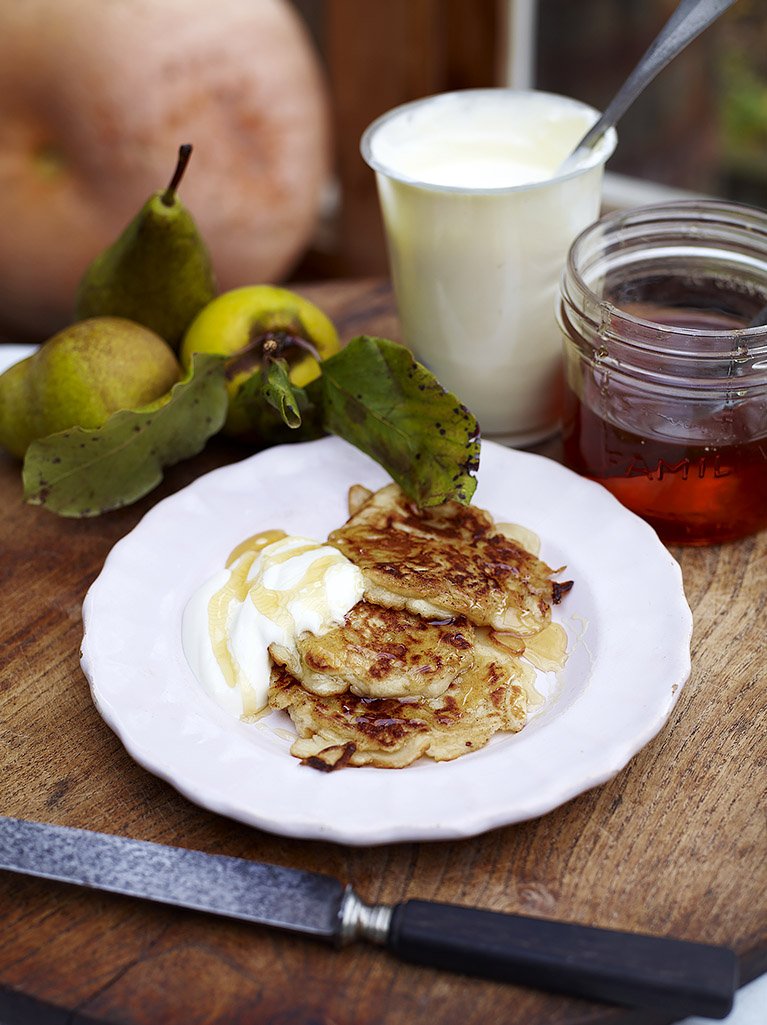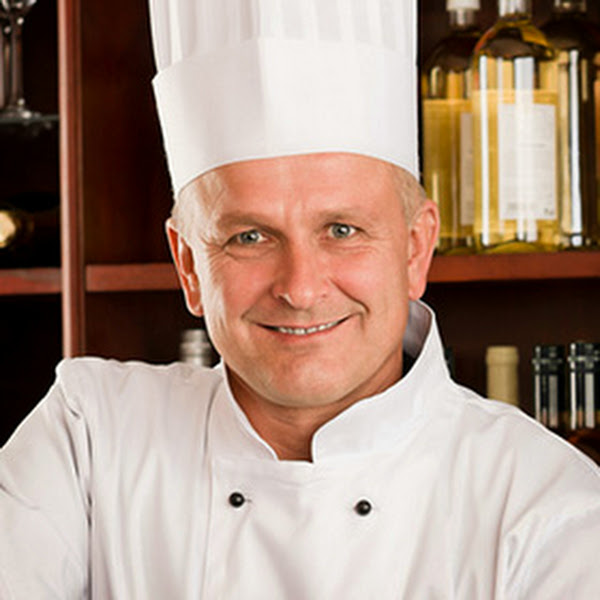Goat Cheese & Chile Corn Spoonbread
Ingredients : -4 oz. (8 Tbs.) unsalted butter; more for the pan-1 bunch scallions, white and light-green parts finely chopped, green parts thinly sliced on a diagonal-1/4 cup dry white wine-2-1/2 cups frozen corn-1/2 cup heavy cream-1/4 tsp. freshly grated nutmegKosher salt and ...





